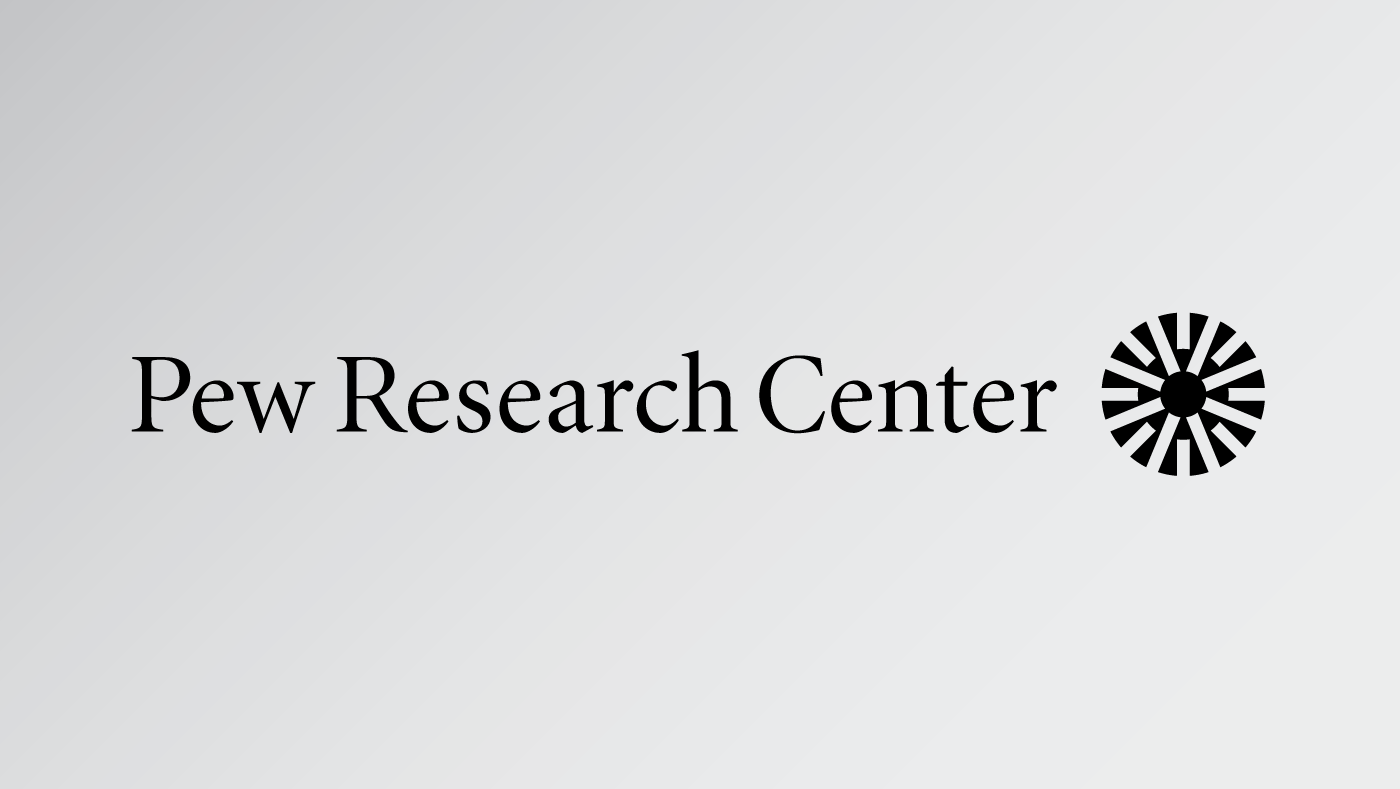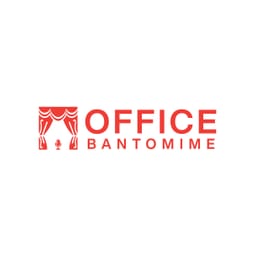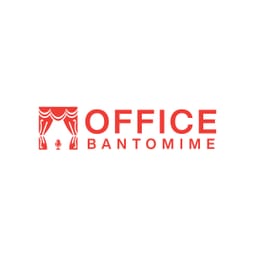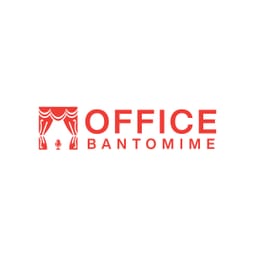Workplace Romance in 2025: Surprising Statistics, Risks, and Realities You Need to Know
Let’s be honest: if you spend 40+ hours a week working in close proximity with colleagues, sparks are bound to fly.
Offices, coworking spaces, and even virtual meeting rooms have quietly replaced the nightclub as modern matchmaking arenas.
But here’s the twist — while some workplace romances blossom into lifelong partnerships (yes, wedding bells included), others crash and burn in HR’s inbox.
And as someone who has built multiple successful blogs over the years, let me tell you: this is exactly the kind of topic readers flock to because it mixes human psychology, corporate culture, and a dash of gossip-worthy intrigue.
Let’s face it — dating outside of work isn’t exactly easy these days. With swipe fatigue, ghosting, and the overwhelming “shopping cart” nature of modern dating apps, finding genuine connection online has become harder than ever.
In fact, Pew Research reports that 45% of U.S. adults who’ve used dating apps say it left them feeling more frustrated than hopeful

That makes the natural, organic chemistry of workplace interactions all the more appealing—because while swipes can be shallow, shared deadlines and late-night projects tend to reveal the real person behind the profile.
Unlike dating apps, where first impressions hinge on misguided photos and one-line bios that will make you spew, workplace romance develops on authenticity.
You’re not just seeing someone at their best on a Friday night—you’re witnessing how they handle pressure, collaborate in meetings, or even deal with conflict.
That kind of exposure accelerates trust in ways online dating rarely delivers. And when you add in the fact that 36% of online daters admit to encountering dishonesty about everything from jobs to appearance (Statista, 2024), it’s no wonder many professionals see their workplace as a safer, more reliable arena for meaningful connections.
Workplace romance, then, isn’t just about convenience—it’s often about credibility. While online dating sometimes feels like rolling the dice, relationships forged in the workplace start from a foundation of real-life observation.
Whether that leads to marriage or simply a stronger sense of connection, it explains why the office remains such a powerful backdrop for romance in an age where dating apps dominate headlines but often underdeliver in practice.

Online Dating vs. Workplace Romance: Pros & Cons
| Factor | Online Dating | Workplace Romance |
|---|---|---|
| Authenticity | Profiles can be curated, sometimes misleading (36% report dishonesty). | You see colleagues in real situations under stress, pressure, and success. |
| Convenience | Flexible—swipe anywhere, anytime. | Built into your daily life—no extra time required. |
| Risk of Rejection | High — ghosting and unmatched conversations are common. | Lower — relationships grow organically, often from friendship. |
| Privacy | Private until you choose to share. | Can trigger gossip and rumors in the office. |
| Compatibility Check | Hard to gauge until you meet in person. | Shared goals, workplace culture, and team projects reveal true compatibility. |
| Potential Fallout | Easy to walk away if things don’t work out. | Breakups can affect productivity, morale, and team dynamics. |
| Success Rate | Mixed — only 12–17% of couples marry from apps. | Stronger odds — 43% of workplace romances have led to marriage. |
So let’s break down the latest from Forbes workplace romance statistics, why people keep falling for colleagues, the risks for businesses, and how smart employers are handling this delicate balancing act.


The Stats Don’t Lie: Office Love Is Everywhere
According to recent surveys (Forbes and others), workplace romances are far more common than most HR teams would like to admit. Here’s the breakdown:
- 60%+ of adults admit to having a workplace romance.
- 43% of those relationships led to marriage.
- 57% said office relationships impacted their work performance.
- 40% admitted to cheating on an existing partner with a colleague.
- 35% never reported their romance to HR.
- 50% admitted to “harmless” workplace flirting.
That’s right — for every wholesome “Jim & Pam from The Office” story, there’s another messy breakup that leaves entire departments whispering over Slack.
Why Do People Fall in Love at Work?
It’s not just about attraction — psychology plays a huge role. Surveys show the leading drivers behind workplace romances include:
- Comfortability (65%) — familiarity breeds intimacy.
- Lack of time outside of work (61%) — the 9–5 grind leaves little space for Tinder.
- Shared workplace experiences (59%) — only a coworker truly “gets” your work rants.
- Convenience (58%) — no commute needed for date night.
- Similar interests (56%) — like attracts like.
- Compatibility (52%) — office crushes aren’t always fleeting.
- Seeing true colours under stress (44%) — deadlines reveal character.
- Making work more enjoyable (38%) — bonus points if your partner brings snacks.

The truth is, work is where most people are their realest selves — stressed, motivated, frustrated, or ambitious.
That transparency creates deeper connections than a curated dating profile ever could.
The Dark Side: When Romance Meets HR Nightmares
Of course, not every office romance is roses and lunch breaks. Companies face serious risks, including:
- Gossip & Morale Issues — nothing spreads faster than rumours in the workplace.
- Perceived Favouritism colours — when one half of a couple gets promoted, expect side-eye.
- Conflicts of Interest — managers dating subordinates? Recipe for lawsuits.
- Productivity Loss — heartbreak hangovers hurt quarterly reports.
- Legal & Compliance Risks — blurred judgment can lead to harassment claims.
And let’s not forget the number that really makes HR sweat: 40% of workplace romances involve cheating on an existing partner. That not only complicates personal lives but also amplifies toxicity in professional environments.
How Smart Companies Handle Workplace Romance
The truth is, banning workplace relationships is both unrealistic and unenforceable. Forward-thinking companies are now shifting from prohibition to prevention and protection.
Here’s how:
- ✅ Clear Relationship Policies — spelling out what’s acceptable (and what’s not).
- ✅ Mandatory Disclosure — especially in manager–employee relationships.
- ✅ HR Management Software — to track compliance and handle reports discreetly.
- ✅ Training & Awareness — equipping managers with tools to spot red flags early.
- ✅ Separation Protocols — no, not breakups — reassignments when conflicts arise.
In other words, it’s not about punishing romance; it’s about protecting people and performance.
My Take as a Veteran Blogger
I’ve seen this topic surface time and again in the corporate setting, myself included.
- Workplace romance is here to stay. Whether it’s whispered over the coffee machine or debated in HR boardrooms, humans will always find connection where they spend the most time.
- The best approach is transparency. Employees need guidance; employers need safeguards. A culture of silence only fuels gossip and mistrust.
- Content creators should watch this space. With Gen Z reshaping workplace norms and hybrid work adding complexity, the way we look at office romance is evolving fast.
Final Word: Love in the Time of HR
At the end of the day, workplace romances are neither inherently good nor bad — they’re simply human. Sometimes they lead to marriage. Sometimes they end in awkward breakroom encounters.
But one thing is certain: ignoring them is no longer an option for businesses. With the right policies, companies can reduce risk while still allowing their people to form genuine connections.
So, whether you’re HR crafting policy, a manager caught in the middle, or an employee wondering if coffee with that colleague is “crossing a line” — remember this: workplace romance is less about rules, and more about respect.















